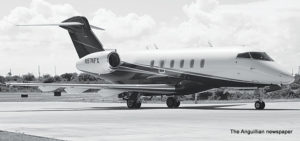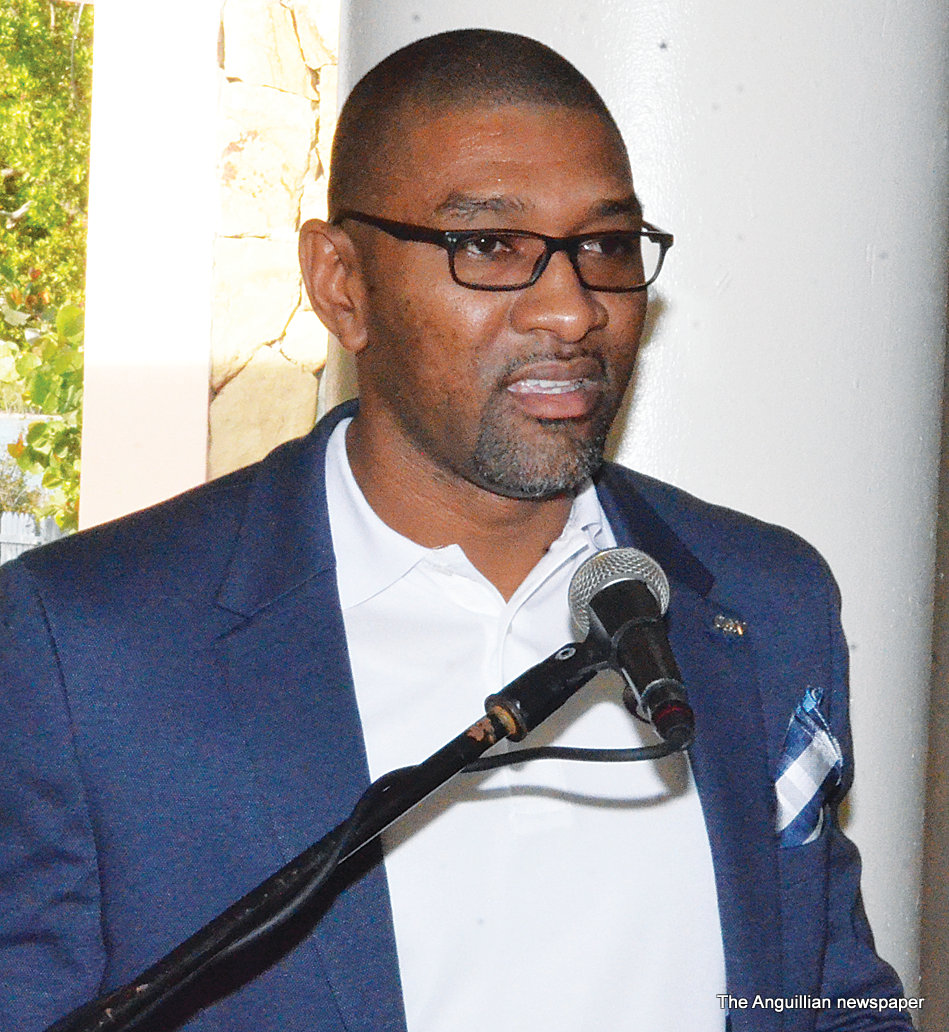 The author of the article “Small Airport on the big Stage for GNSS IAP Implementation” that follows below, Mr. Phillip Church, of the aviation consulting firm Helios out of the United Kingdom, has given permission to the Anguilla Air and Sea Ports Authority (AASPA) to release it for republishing via the local and regional radio, television, print and online press and media.
The author of the article “Small Airport on the big Stage for GNSS IAP Implementation” that follows below, Mr. Phillip Church, of the aviation consulting firm Helios out of the United Kingdom, has given permission to the Anguilla Air and Sea Ports Authority (AASPA) to release it for republishing via the local and regional radio, television, print and online press and media.
The article uses aviation specific abbreviations generally unfamiliar to the public. To assist readers without editing the article, the meanings of those abbreviations and acronyms whose meanings are not included in the article, are summarised here.
ATM: air traffic management
CNS: communication, navigation and surveillance
CTR: Controlled Traffic Region
GNSS: Global Navigation Satellite Systems
Jane’s Award: A prestigious annual global award by the Jane’s Airport Review magazine
RWY 10: Runway 10 – George Hill end of runway, landing and takeoff from west to east
Small Airport on the Big Stage for GNSS IAP Implementation
Last month, during World ATM Congress in Madrid, Anguilla’s airport, Clayton J. Lloyd International Airport (CJLIA), stood shoulder to shoulder with the industry’s finest when it was shortlisted for a Jane’s Award. Implementation of a GNSS Instrument Approach Procedure (IAP) is an unusual topic for an aviation award, but it clearly deserves recognition as something that can make a real difference to a small country and its people in times of crisis – and Anguilla’s GNSS IAP was delivered in under 12 months. This is their story.
In September 2017 Hurricane Irma struck Anguilla, a British Overseas Territory in the Caribbean. The eye of Hurricane Irma stretched over 23 miles and engulfed Anguilla in its entirety with gusts of wind exceeding 200 mph causing cataclysmic destruction. The winds lasted 37 hours, making Irma the longest-lived storm of such intensity anywhere around the globe for at least the past 50 years.
At CJLIA, among other damage, the Non-Directional Beacon (NDB) was destroyed. The NDB supported the airport’s only IAP, critical for operations during poor visibility and at night. It was critical to replace the IAP to allow the restoration of all-weather and night time operations, reduce operational costs and, importantly, improve resilience to future hurricanes.
After considering the available technology options, the airport team identified new GNSS IAPs as being the only route to replace the NDB IAP in the shortest time possible. The project would be complicated due to the need for liaison with Julianna CTR (Saint Martin) given the limited airspace under the control of CJLIA and also because neither the CJLIA air traffic control nor local pilots were familiar with GNSS based IAPs.
One of the key benefits of the GNSS IAP is that is requires virtually no physical infrastructure requirements but improves safety. There is rising terrain around the airport’s main runway (RWY 10) and combined with housing, electricity and telegraph poles provides an obstacle rich environment within the final approach segment. Unlike the previous NDB procedure which was susceptible to night and sea effects, the new GNSS procedures would provide a straight in approach in all weathers with the addition of vertical guidance to enhance approach safety.
Implementing any new IAP capability is a complex process requiring detailed operational and safety knowledge spanning air traffic control, airspace planning and flight operations. The urgent need to restore night time operations with a new IAP whilst simultaneously recovering from the damage to aeronautical infrastructure caused by the hurricane was a huge logistical challenge for an under-resourced team. So, the Anguilla Air and Sea Ports Authority engaged Helios to help guide the airport team with the preparation of the exposition needed to get the approval for publication of the new GNSS IAPs.
Helios experts worked with CJLIA during March, April and May 2018 to help compile the data and prepare the analysis needed to be able to publish new GNSS IAPs. This included on-site facilitation with pilots familiar with the aerodrome, controllers, CNS specialists and safety specialists to enable the development of the safety case and associated exposition. These stakeholders reviewed the entire operational procedure, identified hazards by phase of flight and the causes of hazards both existing and new. This enabled the airport to present to the regulator a well-documented argument with proportionate mitigations addressing the hazards.
Twelve months later, on 17 September 2018 CJLIA received regulatory approval for operational use of the GNSS IAPs, thereby restoring the ability to conduct all-weather and night-time operations at the airport in time for the busy tourist season vital to the economic recovery of the island.
The GNSS IAP allows CJLIA to provide better service to their customers and reduce operational costs. Importantly, it also improves their resilience during natural disasters such as hurricanes since there are little physical infrastructure requirements.
Although CJLIA was pipped to the post for the Janes Award by ENAIRE, the Anguilla team received deserved recognition for their total commitment to restoring operations at the airport, assuring a major transport route and economic lifeline for the island and achieving a super-fast implementation of GNSS IAP that would be the envy of airports in Europe! We applaud them.
Written by Mr. Phillip Church, a Helios director and award-winning consultant, specialising in navigation, airspace optimisation and the introduction of new technologies and novel ATM concepts.
http://www.askhelios.com/blog/small-airport-on-the-big-stage-for-gnss-iap-implementation
– Press Release








